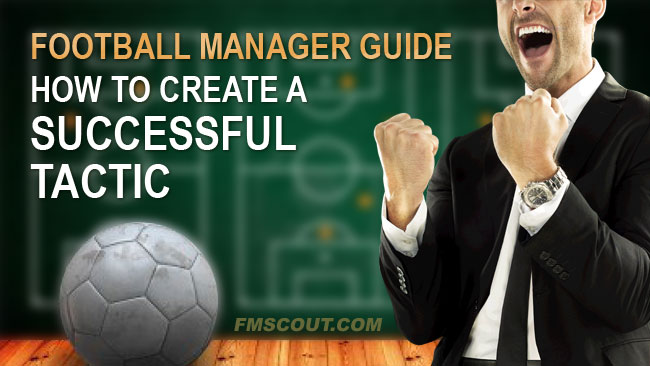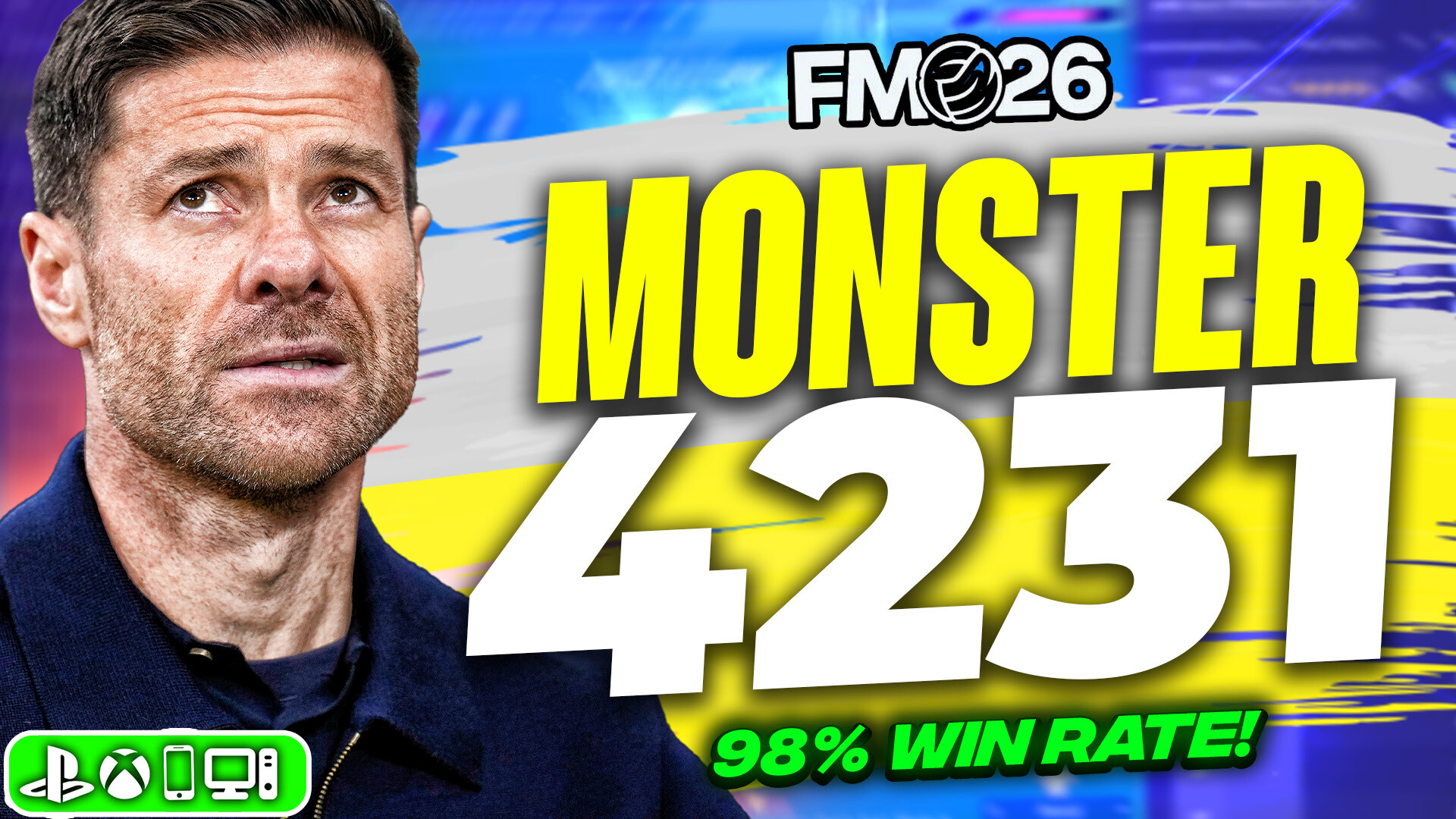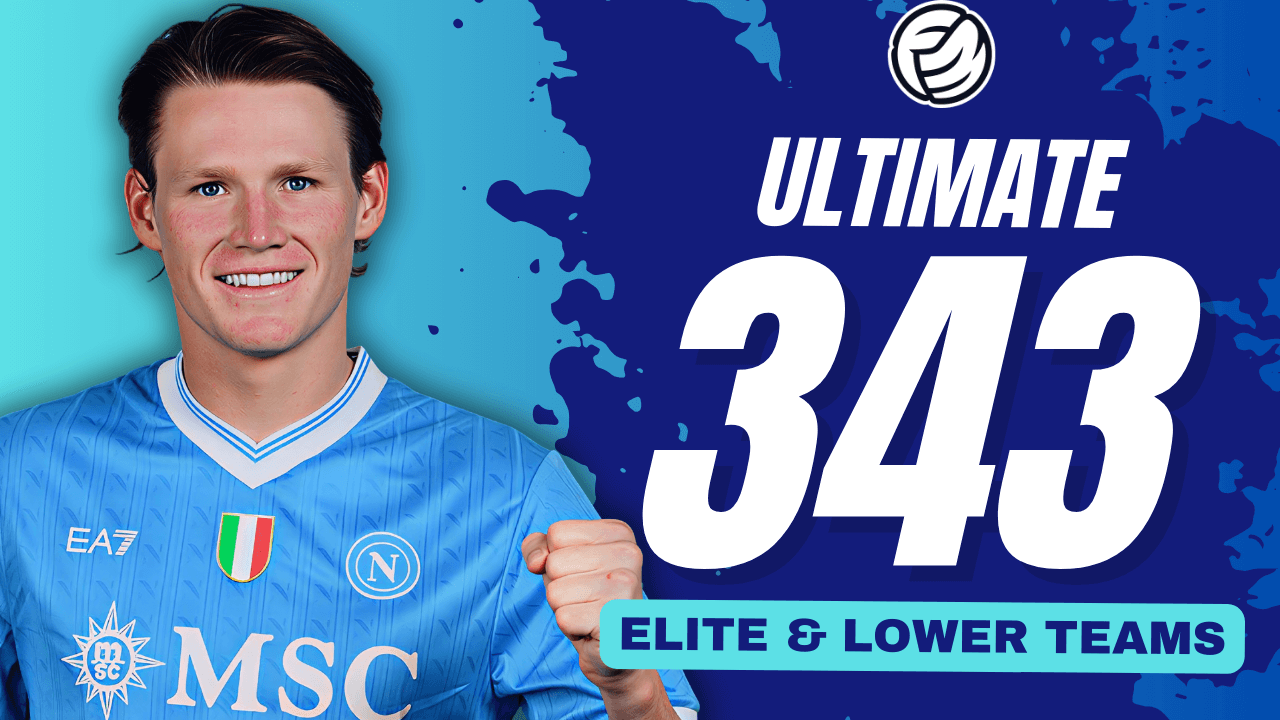
Opposition instructions
Written by PaukerWhen you head in to an important fixture, whether it's a lower-league derby or a Champions League Final, many new FM players will probably skip the opposition instructions, and anxiously head on into the match. However, not placing instructions on players in the opposition team who can really hurt your team might end up costing you the game.
Before you start your game, or even head on into your pre-match press conference, be sure to check your scout's team report of your upcoming opponent, which will probably tell you who their best player (or players) is at stopping a counter-attack, who can skillfully bamboozle your defenders, and who their goal threats are. If you are willing to go an extra mile to see gain further knowledge of your opponents, be sure to check what kind of attributes their midfield and forward line have.
One of the most important factors is looking for potential players who could cause damage to your team. For example, if I were to play against a player that has high acceleration and pace attributes, it would be better to have “tight marking” checked, to keep that player under pressure. Another “must” for a dangerous attacker is to “show on to weaker foot”, as the player might decide to test the goalkeeper, or whip in a cross, and you can then force them to turn on to their weaker side. Of course, this would make your defence’s and goalkeeper’s lives easier.
If you are facing a real technical player, whose Vision, First Touch and Passing stats are fairly high, it would be preferable to have him “Closed Down”, and have the “Tackling” set to hard, to make him feel that he needs to keep looking over his shoulder when he receives the ball, not knowing when the next challenge will come in. This will stop the player from being as expressive on the ball as he usually is, and force him out of his comfort zone. To add, if you were to find yourself against a tall, yet slow striker, you would also want to have him “Marked Tightly”, and “Shown on to Weaker Foot”, as he can unleash a shot if your player decides to give him the opportunity to test your goalkeeper.
Consequences
One of the many consequences of having the “Tight Marking” and “Close Down” instructions on a player, is that the defending player’s condition will be lowered at a faster rate, which will not help the player’s fitness over long-term. To add, it might get too many players focused on a single player, which would allow other players the freedom to cause your team damage.As for the “Tackling” (Easy, Normal and Hard) consequences, it can bring various yellow cards or, in the worst case scenario, can get one of your players sent off. If you do choose to go on “Easy Tackling”, it can also open up many other opportunities for your opponent's players.
The last instruction, “Show on to Foot”, can confuse your defenders - if you choose the left or right foot, instead of the weaker foot, it can bamboozle the defender, leaving your defenders helpless for a 1v1 with the goalkeeper.





![FM26 Data Tweaks [v1.1 | v1.8]](assets/downloads/fm26/fm26-data-tweaks-by-sirtavares-v2.th.png)


![TinyHips' Dark Mode Skin v5.3 [Win + MacOS] *UPDATED 26.1.1 HOTFIX*](assets/downloads/fm26/fm26-dark-mode-skin.th.png)

Discussion: How to create a successful tactic on Football Manager
19 comments have been posted so far.
Change Log 27/05/2017
5. Team Instructions - Completely revamped to reflect recent changes in FM
14. Sideline Shouts - Page added to reflect importance of sideline shouts
but anyway, I still confuse. about attack near post and near post flick on,what kindof player should be suite? I mean, if we have good header,then why we ask him to flick instead of attack directly to the goal?and if we have player at far post who great header,why we didnt give the ball to him,but flick from near post instead?
and what about stand on far post? I quite didnt understand. so this just distraction? not the goal scorer?
how about attack from deep?
Freekicks:
I'm afraid that you're unable to have two free kick takers for the time being ( at least, to my knowledge), so you would have to suffice with having one of Ronaldo / Bale taking both free kicks around the box, as well as further up field.
Aiming a free kick towards the best header is normally used when a shooting opportunity is not on - so, for example, if a free-kick is from a wider position, the free-kick will be aimed towards the player who has the best heading attributes.
Taking a long free-kick means that if you have the ball deep in your opponents half, the ball will be passed up field in a more direct manner, instead of passing the ball short, and keeping hold possession. Choosing a long freekick is best if you're playing a more direct tactic, where as a short free kick is best if you have players that can play with a fast tempo and small passes.
Corners:
A near post flick would require a player to essentially 'flick' the ball backwards towards either the center of the box, or towards the far post - a good example of this in real life could be seen with Manchester City. Often during matches Demichelis flicks the ball backwards for someone else to score. If you were to use this, then make sure to have players placed both centrally and attacking the back post.
Attacking near post is where the player attack the ball at the near post in an attempt to score. This differs to the near post flick on as the near post flick on does not try to score - simply move the ball on in order to allow someone else to score. If you're going to use this, then make sure the player who's attacking the near post has good attributes in the following areas: Heading, Jumping reach and strength. Other attributes that can be included are Balance and Bravery.
I hope this cleared things up for you! :-)
I don't think that there is a way of setting different players to take long and short range free kicks. Usually, the players that are good at free kicks tend to be
corner kicks too. Also, long will play a long ball into the box as far as they can, whereas best header will go higher, for the best header of the ball to jump up and head it as no one else can reach,
The difference between each of these is actually quite big. Attack near post will make your player run to the near post and attempt to head the ball in. On the other hand, near post flick on will make the player at the near post head the ball to the far post over the defenders instead of shooting himself. Attack far post is similar to attack near post, as the players will try to head the ball in at the far post, and I think Stand on far post will attempt to distract other team defenders and create space in the area.
Free Kick
my problem on this set piece ,is , FM is sometime unreasonable. for the free kick from very long distance,where player would pass it to another team mate instead of shot on goal, they put my free kick taker here,which is not effetive. I mean,if you see real madrid , they would put cristiano ronaldo or gareth bale as free kick taker ,from reasonable range to shot on goal. if the free kick place is too far to be shooted, then xabi would take instead ,so he could aim the ball better. but in fm, this doesnt happen. all free kick would taken by ronaldo ,except the free kick from touchline..
any souliton?
I also didnt understand,what is "long" option on free kick aim optin mean?
couldnt it become "long and to best header"?
corner kick
any explanation about the different between "near post flick on" and attach near post?
how about "atack from deep and lurk outside area'?
and "attack far post" with "stand on far post"?
I didnt know which is the right time to chose them.
Kudos!
@Bert: Thank you for contributing. We have some new guides in the works, I'll ask you for more contributions soon
Thanks for this fantastic guide.
Just one thing I would like to mention... earlier, according to my experience it is not the best option to mark tightly a pacey opponent as they will be able to lose your defender who is not that fast...
what do you think?
Good read for the other sectors, and really good help in the parts that I'm not as comfortable with.
Nice guide all round!